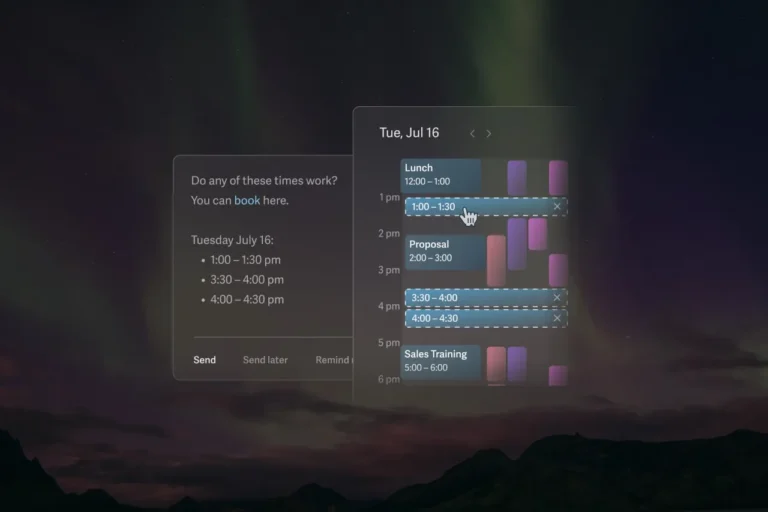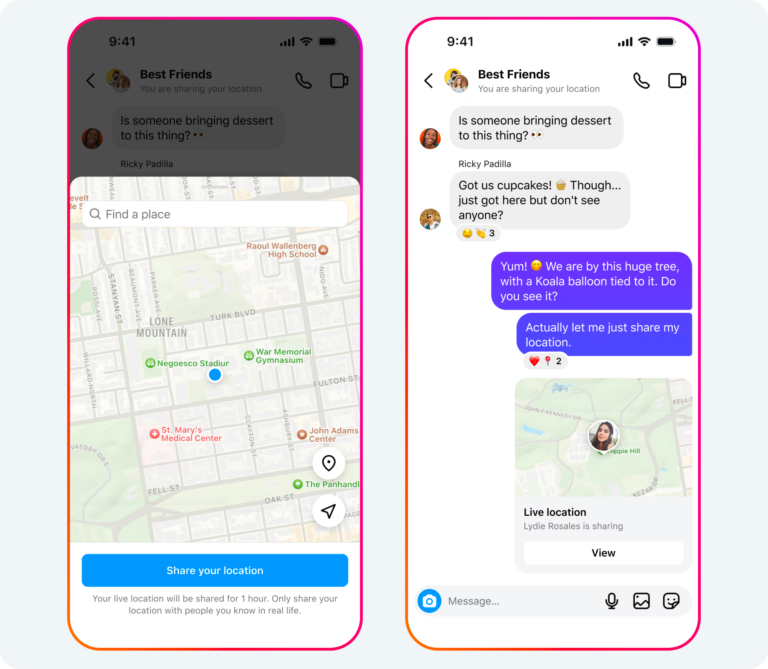Trending post
Messenger app Signal announced a new set of features, an arsenal of video calling capabilities that position the app as a private alternative to popular alternatives such as Zoom, Google Meet, or Microsoft Teams. New updates in the form of group video calling are designed for making group video calls more accessible and friendly.

NEW “Calls” Tab: Integrated Management of Video Calls
The most striking feature here is the special “Calls” tab, making video calls easy to handle. There is a new section: start new calls, manage call links, and view your call history all in one place. The group chat is no longer necessary for each meeting, like what Signal users can do today: generate links to directly send to participants – like Google Meet and Zoom popular platforms. The links are reusable, so the users can have recurring meetings or events without creating new links every single time.

Better Control and Personalization
Alongside this, the new features of Signal provide various tools for users better to manage their calls. Now users can name their calls to have an easier way to identify and organize in clearer ways. Apart from such features, the app also comprises moderation into calls through being manually allowed in the meeting after approval by participants. Another feature available is that of removing or blocking participants for hosts, therefore more control on the proceeding of the call.
Another interactive feature is the “hand-raise” feature, an innovation in that it helps the participants raise their hand requesting a question or comment in the meeting. This is comparable to Google Meet’s hand-raise feature, where attendance can well participate in discussions appropriately, especially in bigger group calls.
Better Video Calling App For Desktop Users
The desktop app of Signal gets some new features upgraded. Now the users can turn viewing modes on and off. In signal, three categories are present. These are grid view, sidebar view, and speaker view. Users are given flexibility to make the choice of an appropriate layout that suits them more. Either they want to see all the participants at a single glance or may want the preview of the speaker.
Improving Privacy, Still Beating the Competition
This means that one is always well-covered regarding details about privacy and a lot of end-to-end encryption, which basically is the core attractiveness of the site. While other video calling apps, like WhatsApp and Zoom, have rolled out related features within the past couple of years, Signal’s promise for a secure space of private communication sets it apart. The first app to support group video calls was 2020, but with up to 50 people, and still puts encrypted calls front and center, even as it competes on price and functionality with larger, less private alternatives.
Other competing apps, such as WhatsApp, have already included features like link-based call sharing, which was launched in 2022, and the ability to host more massive group calls with a new update which allows until 32 participants. This year, WhatsApp introduced its feature screen sharing and speaker spotlight, but Signal believes that its commitment to being private for its users and in control will attract those looking for a safer alternative to mainstream video conferencing tools.
Looking Ahead
The new video call features in Signal now roll across all iOS, Android, and desktop apps. Since video calls continue playing a core role in personal, professional, and educational communication, the changes indicate the continuity of Signal’s pursuit of making it easy for privacy-conscious users without so much as the sacrifice of usability. With these developments, Signal is then further poising itself as a serious challenger in the space of video conferencing while doubling down on its bid to deliver a safe, encrypted communication environment.







